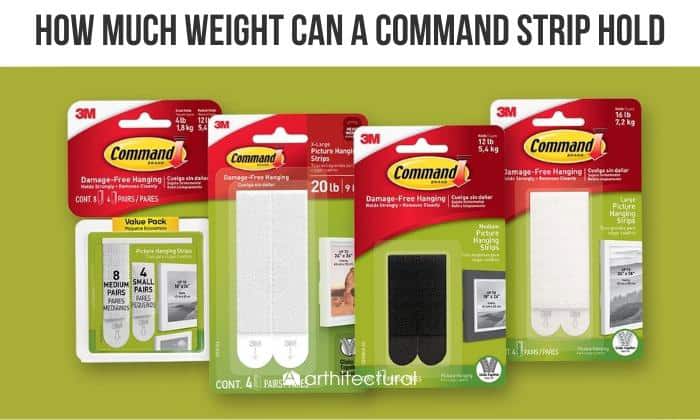Known for its low-maintenance nature and affordable price, decomposed granite is an excellent choice for landscaping because of its low-maintenance nature and affordable price. After all, it’s hard not to love that natural, old-world vibe a decomposed granite pathway can offer.
However, before you go ahead and start installing decomposed granite in your yard, you’d want to know the challenges you may face. By learning the potential issues, you’ll be able to decide if the project aligns with your needs, preferences, and budget.
A few common decomposed granite patio problems you’ll encounter are:
- Its tendency to grow weeds in shady areas
- The risk of getting muddy during rainy seasons
- Potentially poor drainage, and the need for occasional refills.
However, like any landscaping project, there are both pros and cons to consider. Read on to find out.
Table of Contents
Common Problems With Decomposed Granite Patios
Below are a few issues with decomposed granite patios that you may come across. Note that many drawbacks we name are preventable or solvable, so don’t consider them dealbreakers right away.
1. May get muddy during rainy seasons
To improve drainage, some homeowners may opt for loose decomposed granite pathways instead of resin-coated ones. However, this choice can pose a new challenge: the fine gravel and granite sand that make up the DG are porous by nature, so they’ll get messy and muddy once it rains.
The issue can worsen if you improperly compact the decomposed granite and the rainfall is particularly heavy.
2. Susceptible to growing weed and moss
Remember how we mentioned loose decomposed granite could absorb moisture pretty well? If your patio is perpetually damp and in a shady area, this can mean that weeds and moss may eventually take over the place. When this happens, you must carry out maintenance to remove them.
Fortunately, this issue is preventable. You can install a weed barrier underneath the gravel or occasionally spray weed killer on the loose DG walkway.
3. Likelihood of getting eroded and requiring occasional refilling
Since decomposed granite fines are relatively small – each grain only measures around ⅜ inch, it can easily get washed away by the rain. In addition, your shoes can easily pick up these fine particles. The tracked gravel can get everywhere and/or damage delicate flooring.
In either case, the DG for landscaping gets gradually scattered and will erode eventually, especially if you layer them on sloped areas. After a while, you’ll have to refill the gravel to repair decomposed granite patios.
If you want to reduce the likelihood of erosion without sacrificing permeability, you can use a decomposed granite stabilizer. That said, to truly mitigate the issue, you’d need to coat the decomposed granite with resin, since stabilized DG can still get eroded from heavy rain or gutter runoff water.
4. May become too dusty
Over time, decomposed granite can get mixed up with debris and dirt, especially those downwind. And if your patio is made up of loose DG, the fine gravel can produce dirt on its own, which can consequently affect the air quality in areas with high foot traffic, as the dust is constantly kicked up.
5. Might suffer from poor drainage issues
Let’s say that you want to avoid muddy and weed-ridden DG patios, so you choose decomposed granite with resin instead. However, this means you’ll sacrifice its drainage ability, which can lead to areas with standing water.
6. Can be difficult to walk on
Generally speaking, most people will have no issue strolling on decomposed granite. However, people with mobility problems may say otherwise, since decomposed granite tends to shift as you walk, which is why many homeowners may reserve DG for areas with low foot traffic.
Alternatively, you can harden decomposed granite with resin for more stability, thus preventing the grains from shifting underfoot.
What is Decomposed Granite Good for?
Now that we’ve covered the disadvantages of decomposed granite, let’s go over some of its advantages. Since each DG type has its own characteristics, its benefits will also differ.
| Loose decomposed granite |
Decomposed granite with stabilizer |
Decomposed granite with resin |
|
|
|
Crushed Granite Patio Ideas
1. Cozy fire pit
Ideal for lovers of a rugged and natural aesthetic, this idea is all above spending quality time beside the comfortable crackling sound of a fire. You can place a few wood chairs around the fire pit to amp up the rustic, one-with-nature vibe.
2. Geometric zen patio
Have you ever heard of a Japanese zen (or dry/rock) garden? This idea is based on this stylized landscape. For a minimalistic yet still eye-catching zen patio, you can place sections of differently colored decomposed granite side-by-side.
Of course, you can just rely on one gravel color, which is usually the case for Japanese zen gardens. What’s important is that you incorporate weathered gray rocks and rake the gravel into mesmerizing patterns.
3. Combine decomposed granite with flagstone
Anyone who loves landscaping would love the classic vibe the combination of flagstone and decomposed granite can bring about. Their natural look is great for households with gardens and can be designed in various layouts, such as straight, curved, or irregular.
Conclusion
To avoid potential driveway disasters, it’s only natural you’d want to learn everything about decomposed granite patio problems. As you can see after reading this article, each DG patio type has its own flaws.
If I have to make a suggestion, I’d say that you should go for decomposed granite with a stabilizer, as it can strike a balance between durability and permeability. In contrast, while durable and stable, decomposed granite with resin suffers from poor drainage.

Hi, I am Roseanne Jones, an aspiring home designer that wants to make you feel more at home with your new house.With nearly five years of redecorating old residents and arranging new ones, I am confident that I can give you the best advice on your lovely place.




























